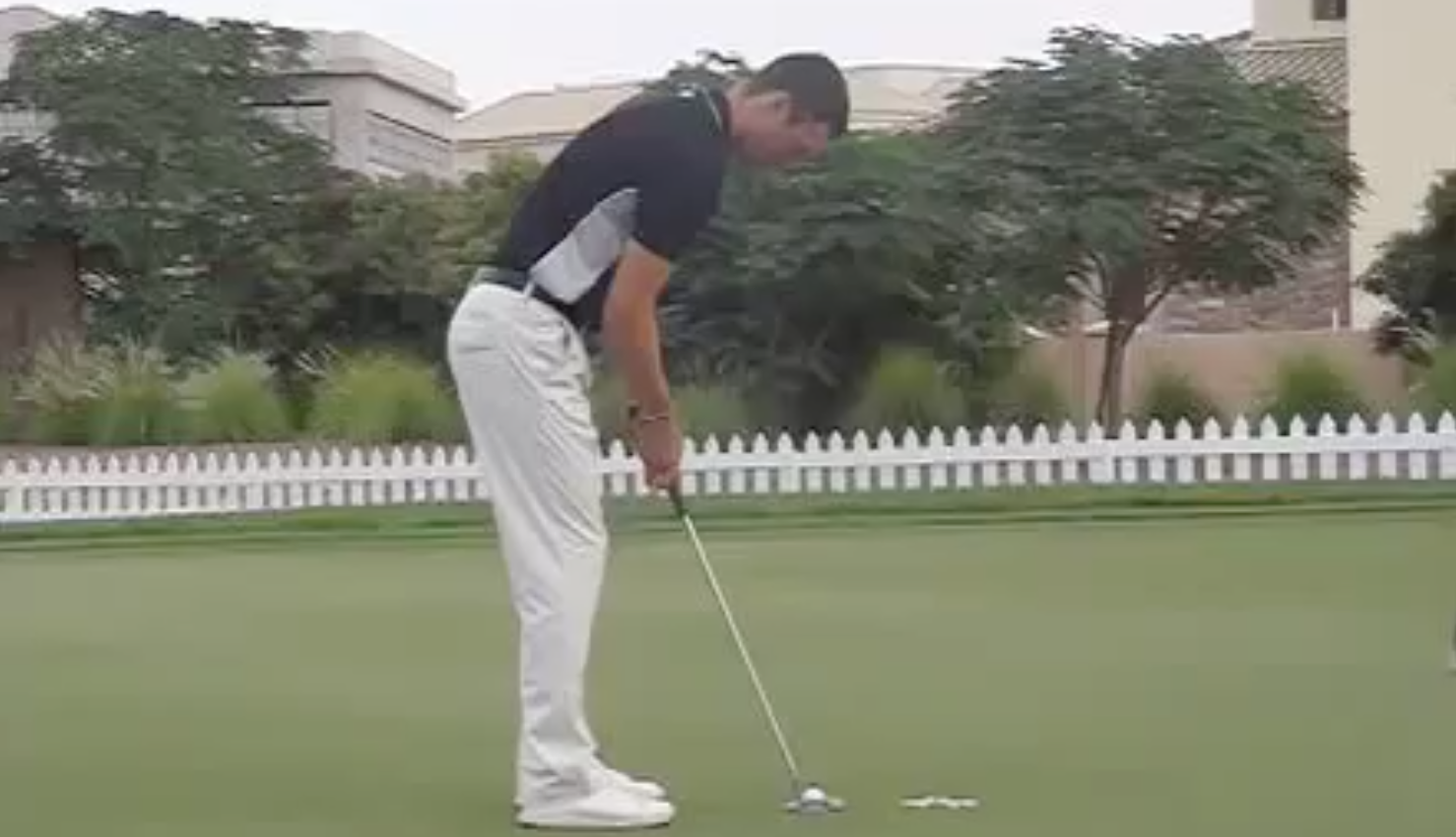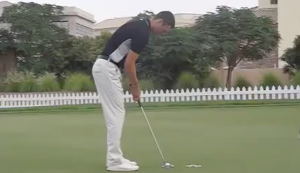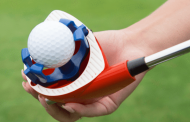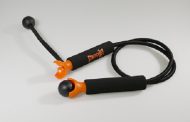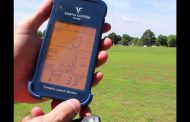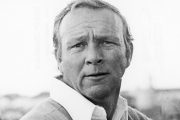Putting can often be overlooked when it comes to saving shots on the golf course, however it can also be one of the easiest ways to save shots and lower your scores. Implementing 3 simple keys can drastically change how you approach putting, and also help you hole more putts.
Set up is Key
The putting stroke is such a small movement that the set up becomes even more important than with the full swing. There are certain fundamentals in set up that are essential, and when implemented allow the putter to remain stable throughout the stroke, returning the putter to a square impact position time and time again.
- Bend forward from waist – one of the most overlooked aspects of putting is how to get into posture. Make sure that as you address the ball you tilt forward from the waist and not the upper back. Doing this will not only help you to use your body correctly during the stroke, but also significantly reduce any chance of getting back pain.
- Eyes over the ball – Generally speaking we want you to have your eyes either directly over the golf ball or just inside (above the hosel) of the putter
- Don’t “bend”…Soften – When most people bend their knees in the putting stroke they also begin to almost “sit” into their heels and round their upper back in the process. Rather than thinking of physically trying to bend your knees, think of softening them instead while maintaining a forward tilt.
- Hands High – one of the most common faults we see with the average golfer is extremely low hands while they set up to the putter, because they feel it should be a similar set up to the full swing. However the putting stroke is almost the complete opposite to a full swing, so in set up I always like to see the forearms and the putter look as if they are lined up and working together
Maintain Stability
As you will see from Martin Kaymer’s set up position, his entire body looks stable as he addresses the golf ball. However for the average golfer maintaining this posture can be an issue during the stroke. When I see great putters we will always see a very stable lower body with no movement, and a very stable head position throughout the stroke. The only movement we should see is the shoulders rocking the putter back and forth
Slow and steady
Having the ability to judge the speed you strike a putt at is an exceptionally important part of being a good putter. The speed you strike a putt at can dramatically change the line your putt takes, and also the chances of you holing the next putt. Trying to keep a relatively slow and steady rhythm throughout the stroke will help you judge and adjust the speed you stike your putts at with far greater success.


